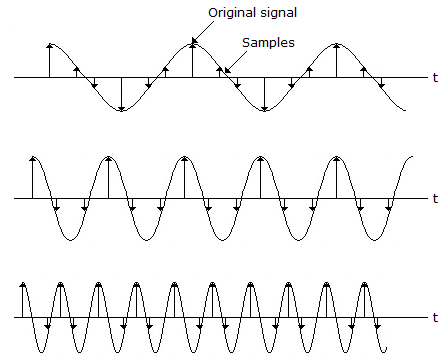ECE :: Exam Questions Paper
-
A single mode fibre not suffer from which type of dispersion?
-
Which of the following statements is/are true for a good conductor of electricity?
- Its conductivity decreases with increasing temperature.
- Number of free electrons is around 1028 m-3.
- Its conductivity decreases with addition of impurities.
- It is a good conductor of heat also.
-
How can the bandwidth of a control system be increased?
-
If an electric network R, L and C are connected in series and supplied by a voltage source then its dual network will be described by the differential equation:
-
A signal x1(t) and x2(t) constitute the real and imaginary parts respectively of a complex valued signal x(t). What form of waveform does x(t) possess?
-
Which of the following can be used as a tachogenerator in control systems?
-
Six sets of electromagnetic waves are given below :
30 - 300 KHz
10 - 30 KHz
3 - 30 MHz
300 - 3000 KHz
30 - 300 MHz
> 300 MHz
There are designated in the following order -
Which among the following waveforms can be reconstructed from its samples without distortion?



 Whatsapp
Whatsapp
 Facebook
Facebook






 the state transition matrix eAT is given by
the state transition matrix eAT is given by


